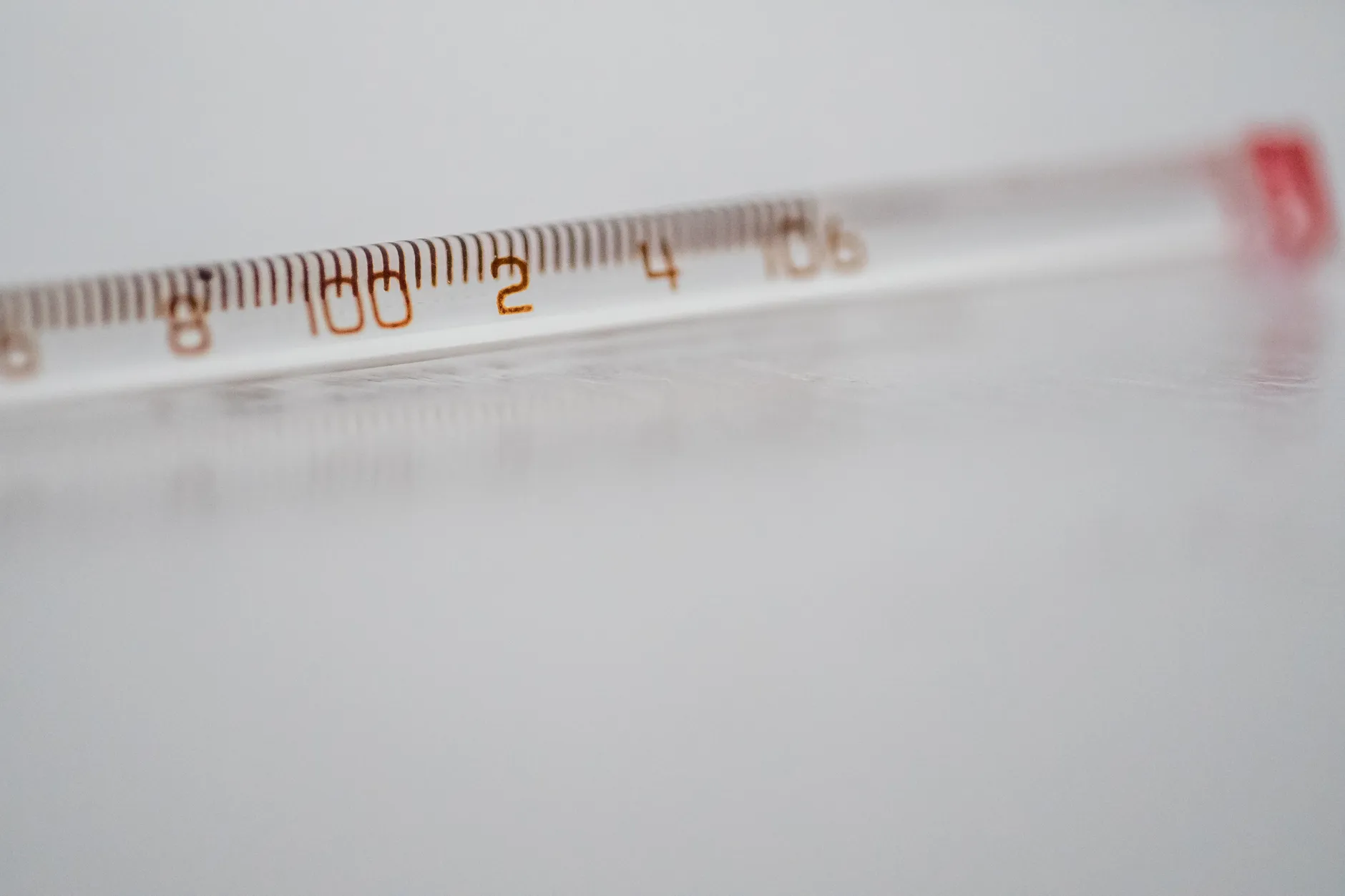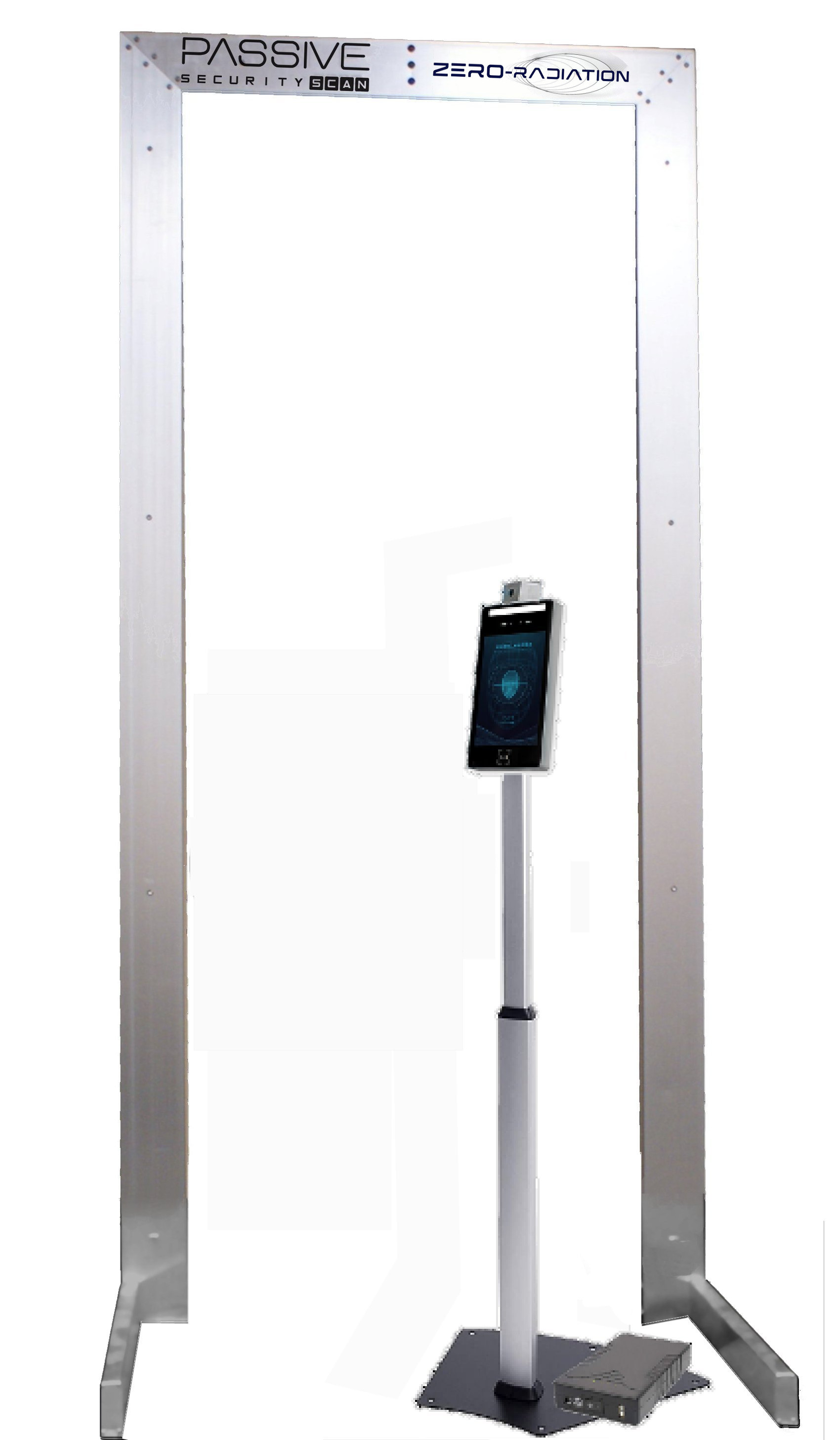
Today’s world has become one where security is needed even in the most peaceful of places, such as schools and houses of worship. Even in the places that should feel the safest, it is critical to have security, weapons detection, and a full protective game plan.
Today’s world has become one where security is needed even in the most peaceful of places, such as schools and houses of worship. Even in the places that should feel the safest, it is critical to have security, weapons detection, and a full protective game plan.
Houses of worship provide a location for like-minded people dedicated to their faith to congregate. In recent history there have been too many sorrowful moments that have included the harming of people in their places of worship. For example, the unfortunate shooting at Tree of Life in Pittsburgh was a difficult event for people to process. It is another reminder that we must stay vigilant and protect our houses of worship.
There are ways to safeguard your place of worship, including using weapons detection systems. We can help you determine a best use plan for our weapons detection system, one that will make you feel safer and give you peace of mind. It may be overwhelming at first, the idea of searching for weapons at your facility. But, once you are familiar with the system, you and your fellow worshipers will benefit from the advantages of having a weapons detection system. It is unfortunate that houses of worship have been included in the growing list of places that need enhanced security, but this is something we can work on together to address calmly and responsibly.
Expanding Security in Houses of WorshipYour house of worship may currently have no form of security beyond the watchful eyes of your congregation. By adding a weapons detection system, you can expand your security footprint to find weapons that may be brought in via bags or purses. Think of this safety tactic as a team effort to stay protected.
Deterring Illegal ActivityYears ago, the idea of weapons detection systems in houses of worship would have been shocking. It is a different world today, and we need to plan accordingly to prevent bad things from happening. With the implementation of weapons detection systems in houses of worship, we can help deter people from acting on their worst thoughts. Just the appearance of a weapons detection system could be enough to stop someone from following through with a terrible plan, knowing there are extensive security measures at your building.
Protection from Hidden ThreatsThere are many ways a person can sneak weapons into houses of worship. Those may include bags, purses, backpacks, large coats, and other ways of hiding items. A weapons detection system will screen those items and find anything that looks suspicious. The threat of hidden items can then be neutralized.
Provide a Safe Space for WorshipersUsing a weapons detection system can give you a truly safe place to worship. When you do not have to worry about outside threats, you can let yourself relax and enjoy your time in peaceful worship and prayer.
Temperature DetectionOur weapons detection systems also have a temperature detection feature, meaning anyone entering your building can be screened for elevated temperature. This process can add another level of protection to your house of worship by safeguarding your space from the potential spread of illnesses. Prior to entering your building, a person’s temperature can be checked from a safe distance. By screening people before they enter your building, you can stop them from introducing potential infections or viruses to your worship building and congregation. The convenience of this type of non-contact temperature detection assists everyone, from the person being screened who may not realize they have an elevated temperature to the operator of the detector who can remain at a safe but effective distance. If an increase in temperature is discovered, that person can then be seen by a medical professional who can assess if they have a virus or other illness. If you are not feeling well or are over the age of 65, ask your medical professional if it is safe for you attend gatherings.

School leaders across the United States have had to make difficult decisions regarding school building security and the safety of their students, teachers, and staff. The world has become a dangerous place, and there have been some scary, unfortunate events that have happened at schools in our country. But there are steps you can take...
School leaders across the United States have had to make difficult decisions regarding school building security and the safety of their students, teachers, and staff. The world has become a dangerous place, and there have been some scary, unfortunate events that have happened at schools in our country. But there are steps you can take as school administrators, school board members, and general decision makers within your school systems to provide the right kind of added security features, like weapons detection systems.
At first, the idea of using a weapons detection system may sound like an overreaction, like an unnecessary addition to your school. The purpose of these machines is to assist in stomping out horrendous events that can be prevented. Think of using this type of system as a way to show students or anyone else entering the school building there is active method to find weapons, and the school is dedicated to the safety of its students, teachers, staff, and visitors.
Enhance School SecuritySchool security is an unfortunate necessity in today’s world, but there are plenty of ways to make your school safer. Having a complete and manageable security plan in place to combat threats coming into the school is essential. Weapons detection systems provide another level security protocol that enhances your already implemented security plan.
Deter Illegal ActivityThe addition of weapons detection systems helps deter illegal activity that could be happening without the detectors. Anyone walking into the building with the intent to hurt someone, may opt to forgo their plans if they see the detectors. Realizing their weapon will be confiscated and they must deal with the consequences, they may see that carrying a weapon into the school is not feasible or smart.
Protection from Hidden ThreatsWeapon detection systems allow for the finding of hidden threats. Think of the procedure when you go through security at an airport. You are not allowed to carry certain things, especially weapons. When you put your bag through the screening device, it discovers anything suspicious. When people enter schools, they may conceal items, whether they are in backpacks, gym bags, purses, or other ways of concealment. With a detection system, weapons can be found immediately.
Provide a Safe Learning EnvironmentBy utilizing a weapons detection system, you can set the tone for your students’ whole day. Most students today are not familiar with a time when school security was not a part of their school day. It has been a norm that has been tweaked and adjusted for over 20 years. Students today practice intruder drills and evacuation drills throughout the year, just as they do fire drills and tornado drills. Some may think adding weapons detection could distract students and make them feel uneasy, and that may be true in the beginning. But, as they adjust to the new norm, it could actually make them feel more at ease and relaxed to focus on their studies, friendships, and activities.

The 2019 novel coronavirus, (also known as COVID-19), has unexpectedly taken the globe by force in a devastating way. Since its November 2019 inception to date, there are over 2 million cases and over 100,000 deaths in...
The 2019 novel coronavirus, (also known as COVID-19), has unexpectedly taken the globe by force in a devastating way. Since its November 2019 inception to date, there are over 2 million cases and over 100,000 deaths in the United States alone. Globally, there are over 7 million COVID19 cases and over 400,000 COVID-19 related deaths. While much of COVID-19 is still a mystery and ongoing, it has been categorized as a respiratory infection that carries symptoms including, but not limited to: fever, coughing, shortness of breath, fatigue, body chills, body aches, confusion, bluish lips or face, loss of smell or taste, and nausea. If not promptly addressed, COVID-19 can result in complicated pneumonia, respiratory failure, organ failure, and death.
COVID-19 quickly spread throughout the globe, not providing health care professionals adequate time nor opportunity to properly prepare preventative and treatment plans. Therefore, states across the United States quickly shut down all public establishments other than those that are considered essential in attempts to flatten the curve. Restaurants, schools, houses of worship, and workplace offices closed while hospitals, clinics, and grocery stores remained open. The shut down was implemented to encourage people to stay home as health care workers scrambled to grasp an understanding of the unknown.
After approximately 3 months, states have slowly begun to re-open establishments and public attractions. It is important that authoritative figures note that public establishments cannot operate at the same capacity and functionality as it did prior to COVID-19. Many medical experts have even stated that the first states to re-open opened prematurely and as a result, COVID-19 cases have spiked. Until a vaccination or another form of treatment is discovered and accessible to the public, all public establishments, such as workplaces, schools, and houses of worship should take preventative and protective measures to protect their staff and other community members.
In addition to social distancing, schools, houses of worship, and workplaces should incorporate tools to take the temperature of all people who wish to enter the establishment before entrance. Digital temperature checks not only monitor people who are already sick, but also can detect a person who is unknowingly bringing a contagious virus or illness into a school, workplace, or house of worship. Temperature checks are effective because a person who tests positive for COVID-19 may not show any symptoms. Temperature checks prevent people from unknowingly spreading viruses or illnesses.
A healthy person’s body temperature should range from 96 degrees Fahrenheit to 99 degrees Fahrenheit. If a person’s body temperature reads higher than the healthy range, that person should be treated as if they are contagious and not be admitted entrance to the establishment. That person should undergo quarantine and rehabilitation to recuperate from the illness. According to the CDC, a fever for COVID-19 purposes is any temperature at 100.4 degrees Fahrenheit or higher.
However, state and local guidelines regarding temperature levels may provide different measurements. Certain state and local governments and agencies have set their own, more restrictive or less restrictive thresholds for what constitutes a fever. These guidelines, in addition to the person’s body temperature and symptoms should be taken into account in determining whether a person should enter a house of worship, workplace, or school.
Although a fever is not the only symptom of COVID-19, a fever does indicate an underlying, potentially contagious illness. A fever can signal the presence of the coronavirus, cold, flu, or some sort of infection in the body.
The most troubling aspect of COVID-19 is that there is no cure or treatment available to the public. Healthcare professionals are working harsh hours on a daily basis experimenting to develop a vaccination strong enough to treat the coronavirus in half the amount of time it normally takes to develop a vaccination. All the while, healthcare workers are also working to treat incoming and current patients in heavily packed hospitals and clinics, in addition to patients in such treatment facilities for reasons other than COVID-19.
It would be in the best interest of public health for public establishments to remain closed and encourage people to stay home. However, in the event that a school, house of worship, or workplace chooses to open, such establishment should, at minimum, adhere to social distancing procedures and on-site temperature checks prior to entrance.

Our Passive Portal™ systems were designed long before the need for temperature control was in place,” said Merrill Moses, CEO of Passive Security Scan. “The challenges facing today’s institutions are growing and ever expanding. We are thrilled to be able to offer the only safe, radiation-free solution available on the market today. There are enough risks we face on a daily basis and we believe that reducing the radiation we come into contact with AND potential contagions is a preventative measure we can all afford to embrace.”
We invite you to contact Passive Security Scan to discuss your security requirements and specifications. We welcome and can supply mutual non-disclosure agreements so that we can fully discuss your security needs. When contacting us, please provide as much information as possible about your project so that we can develop a good foundation for our discussions with you regarding your security and safety zone goals.
CONTACT US